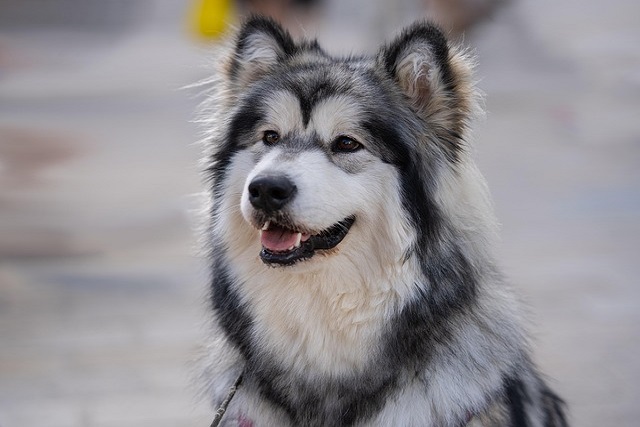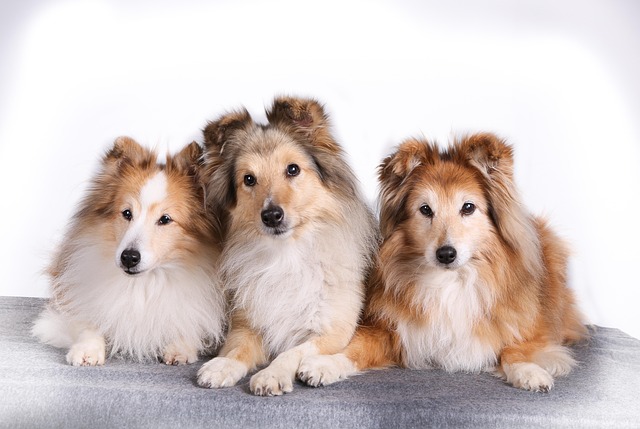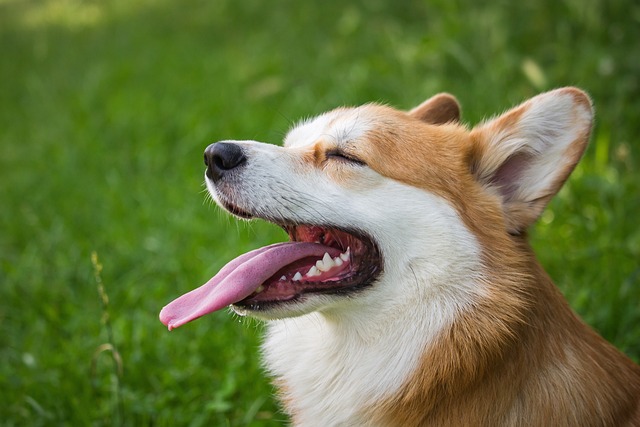
Why Are German Shepherds Afraid of Fireworks? Understanding & Helping
Discover why German Shepherds fear fireworks and learn compassionate, science-backed ways to ease their anxiety during noisy celebrations.
If you’ve started finding fur on your couch, your favorite sweater, and even in your cereal bowl, you’re probably asking: when do dogs typically shed the most? For new dog owners, sudden piles of fur can feel overwhelming, but understanding when and why shedding peaks can make managing it much easier.
Let’s start with the science. Dogs shed to replace old hair with new growth, and the biggest culprit is seasonal changes. Breeds with double coats—think Golden Retrievers, Pomeranians, or Border Collies—go through “blowing their coat” twice a year: once in spring to shed their thick winter undercoat for a lighter summer coat, and again in fall to grow that warm undercoat back. This seasonal shedding can last 2 - 4 weeks, leaving your home looking like a fur factory. But indoor dogs might shed more unpredictably too—heaters in winter and air conditioners in summer can confuse their internal clocks, making them shed lightly year - round instead of in big seasonal bursts.
So, how do you handle peak shedding periods? Brushing is non - negotiable. During heavy shedding seasons, use an undercoat rake 3 - 4 times a week to pull out loose fur before it hits your floors. For short - haired breeds, a rubber curry brush works wonders. Feed a diet rich in omega - 3 fatty acids (look for foods with fish oil or flaxseed) to strengthen hair follicles and reduce excess shedding. If you live in an apartment, invest in a pet - safe vacuum and lint rollers—they’ll become your new best friends. Keeping a consistent grooming routine also turns shedding time into bonding time with your pup.

As a responsible dog owner in the U.S., there’s more to consider beyond fur cleanup. Legally, your dog must stay up - to - date on vaccinations like rabies—most states require proof of this. When walking in public, always carry poop bags; failing to clean up after your dog can result in fines, and it’s just good neighborly behavior. Culturally, never use physical punishment—stress from scolding can actually worsen shedding. Instead, use positive reinforcement like treats or praise to encourage good behavior. In communities, keep your dog leashed in public spaces (unless in designated off - leash areas) and avoid excessive barking, especially in apartments where sound travels easily. A calm, well - mannered dog makes everyone happier—including you.
Shedding is a normal part of dog ownership, with peaks tied to seasons and environment. By timing your grooming routine, supporting your dog’s health, and following local norms, you can keep both your home and your pup happy—even during the furriest months.

Discover why German Shepherds fear fireworks and learn compassionate, science-backed ways to ease their anxiety during noisy celebrations.

Dogs are natural athletes—chasing balls, leaping over logs, darting after squirrels—so a pulled leg muscle isn’t uncommon. Unlike broken bones, which often cause obvious deformity, muscle strains show up in subtler ways.

Hip dysplasia in German Shepherds is a tricky topic, but it doesn’t have to define their golden years. The condition, where the hip joint doesn’t fit properly, can affect how long they thrive—but with care, many still enjoy full, happy lives.

I’ll never forget the frantic call from my neighbor in Phoenix last July—her Golden Retriever, Cooper, was panting so hard his tongue hung like a rag, legs wobbly after a midday walk.

On a sweltering summer afternoon, if you’re walking your dog in the park and notice them panting excessively, stumbling, or collapsing, panic might set in.

If you’ve noticed your dog shaking their head like a wet rag or caught a whiff of a musty smell from their ears, you’re probably wondering: How to get rid of gunk in dog’s ears?